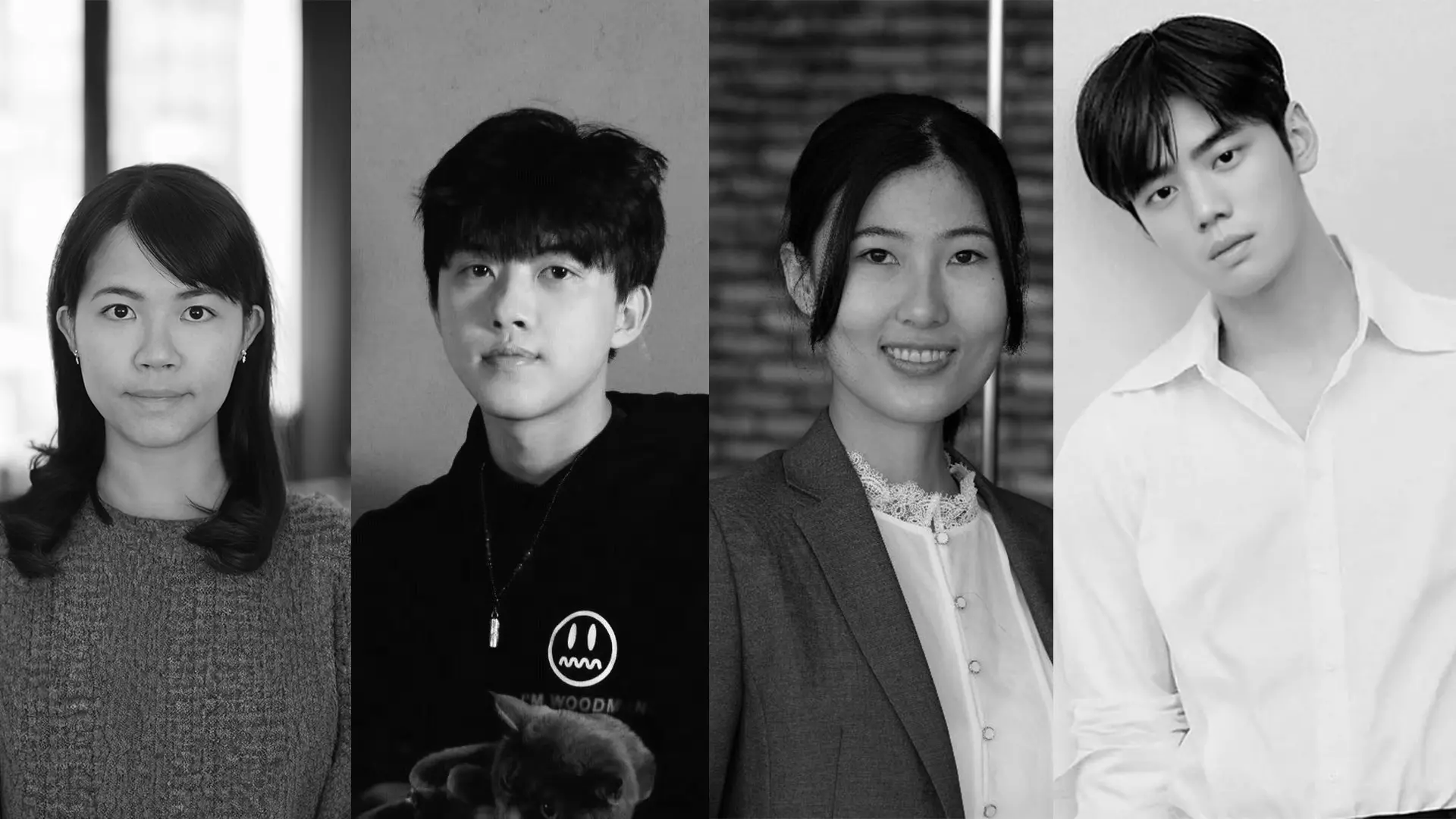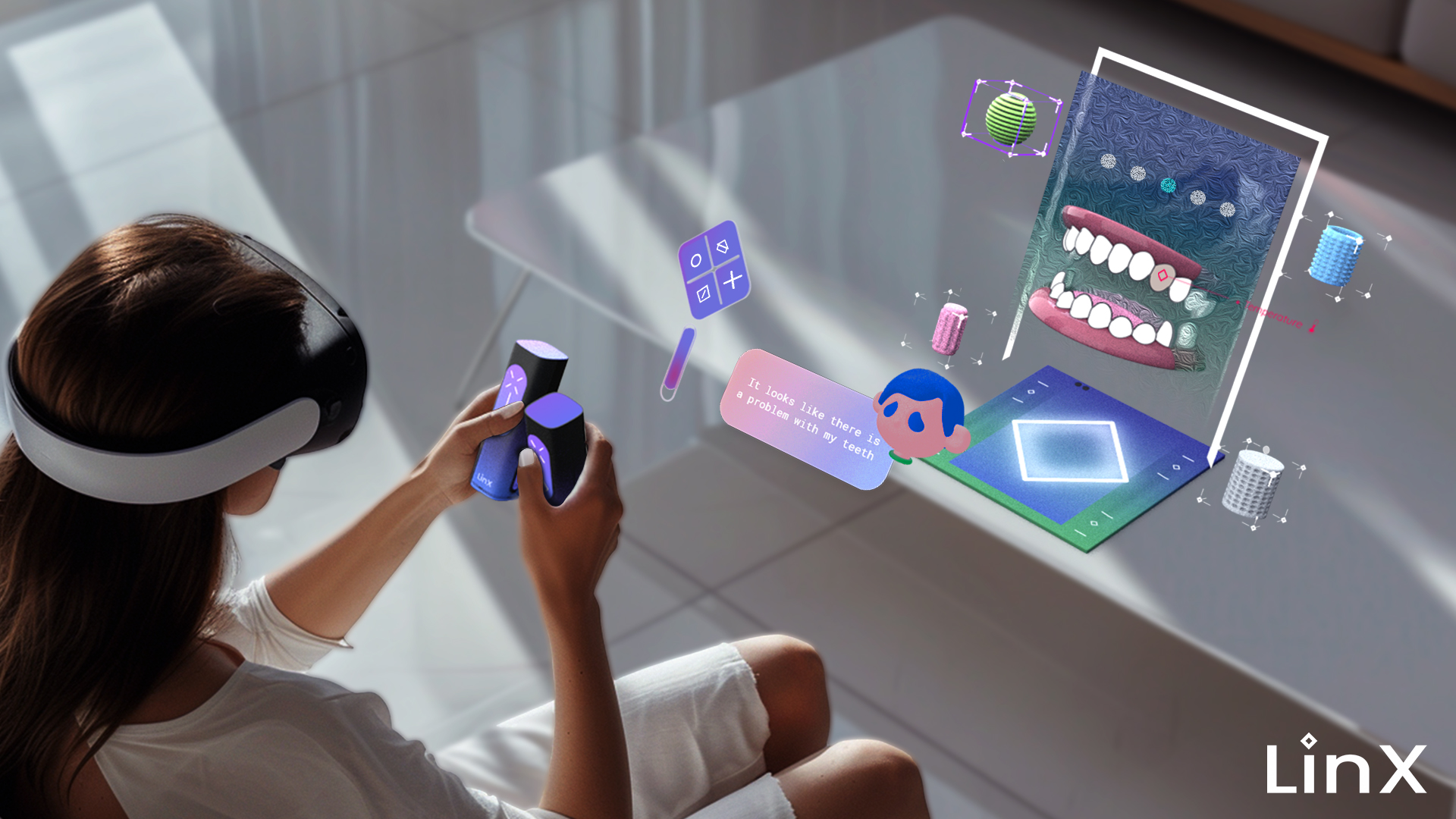Interview with Studio O&E, Designers of the Linx | Enhancing Cross-Disciplinary Communications

The Prime Jurors of the 2024 MUSE Creative Awards
August 29, 2024
Interview with Tseng Min-Kang & Hsu Kuei-Wen | Broad Range Designers from CHI-R Interior Design
August 29, 2024Studio O&E
Studio O&E was established in 2024 by a team of emerging designers from diverse backgrounds. Their mission is to enhance cross-disciplinary communication across fields such as human-computer interaction, industrial design, furniture design, and more. They strive to create a platform where visionary designers can exchange ideas and collaborate effectively.
Our studio functions as a nonprofit platform that encourages creativity and collaboration among talented individuals. We are committed to offering a space where designers from diverse disciplines can share ideas, discover inspiration, and ignite creative sparks.
In addition, we actively support design competitions and provide showcase opportunities, allowing our designers to gain visibility and present their innovative solutions to the world. By fostering these interactions and opportunities, we strive to nurture the growth and recognition of emerging talent within the design community.
We favour designs that effortlessly blend visual appeal with practical functionality. We are drawn to solutions that are elegantly simple yet highly effective, often solving subtle issues that users might not immediately notice. This method merges artistic creativity with industrial design principles and a refined user experience, enhancing daily interactions with grace and ease.
Our passion lies in creating designs that achieve a perfect harmony between aesthetics and usability, enriching people's lives by making everyday tasks more intuitive and enjoyable.
LINX was established to fill a crucial gap in mental health education. Traditional approaches like brochures, posters, and forums often fall short in cultivating genuine empathy among those who have not personally experienced mental health challenges. We believe that true understanding and respect for individuals facing these issues can only come from firsthand experiences.
LINX aims to bridge this gap by offering the public opportunities to engage directly with the realities of mental health challenges. By doing so, we strive to break down stereotypes and foster deeper empathy and respect. This approach not only heightens awareness but also nurtures a supportive and inclusive community, contributing to a more compassionate society as a whole.
Facing the challenge of a mental health disorder is already difficult, but an added layer of pain comes from dealing with others' reactions to these conditions. A study on attitudes toward mental illness revealed that only 25 percent of those surveyed expressed sympathy for mental health challenges.
More individuals than we anticipated are suffering from mental health disorders while trying to conceal their conditions to avoid discrimination. The urgent need for an effective solution to educate the public and combat social stigma surrounding mental health is clear. An innovative approach is necessary to enhance social awareness and empathy, reducing the harm experienced by both patients and caregivers.
Navigating a mental health disorder is already a daunting challenge, compounded by the additional burden of societal reactions. Many individuals with these conditions often conceal them to avoid discrimination, highlighting a critical need for effective public education to combat stigma.
LINX represents a transformative approach through its gamified Extended Reality book, offering users an immersive journey into the daily struggles faced by patients. By stepping into the patients' world firsthand, users engage with and complete tasks that simulate various symptoms within interactive scenarios.
This innovative method cultivates empathy by allowing users to experience these challenges directly. It fosters a deeper understanding of the complexities patients encounter, promoting a more inclusive and supportive environment.
LINX not only educates but also aims to reshape perceptions and attitudes toward mental health, ultimately contributing to a more empathetic society where stigma is reduced and understanding is heightened.
Facing the challenge of a mental health disorder is difficult enough. Another layer of pain comes with mental health conditions: dealing with others' reactions to them. In fact, one study measuring attitudes toward mental illness found that only 25 percent of those surveyed were sympathetic to mental health challenges. More people than we expected are suffering from mental health disorders and trying to hide their conditions to prevent discrimination.
There is an urgent need for practical solutions to educate the public and prevent social stigma around mental health. Our design aims to address this urgent social issue by educating more people to be empathetic toward individuals suffering from mental illness with a gamified application. Help users stand in patients' shoes and truly understand their conditions.
Winning Entry
Linx - A pathway to emphasis | London Design Awards
Facing the challenge of a mental health disorder is difficult enough. But another layer of pain comes with mental health conditions: dealing with other’s reactions to them. There are more people... (read more here.)
Studio O&E
Studio O&E was established in 2024 by a team of emerging designers from diverse backgrounds. Our mission is to enhance cross-disciplinary communication across fields such as human-computer interaction, industrial design, furniture design, and more. They strive to create a platform where visionary designers can exchange ideas and collaborate effectively.
Read about the interview with Yeonseo Lee & Ina Kang | Designers & Masterminds Behind the Innovative Platform Sage here.


